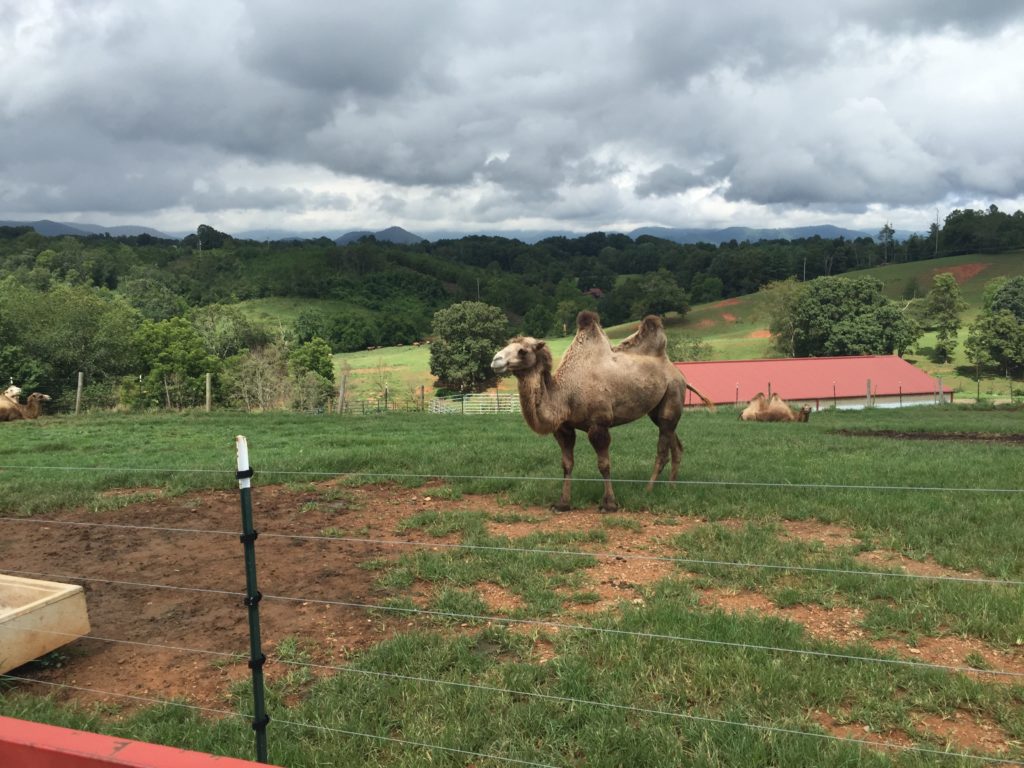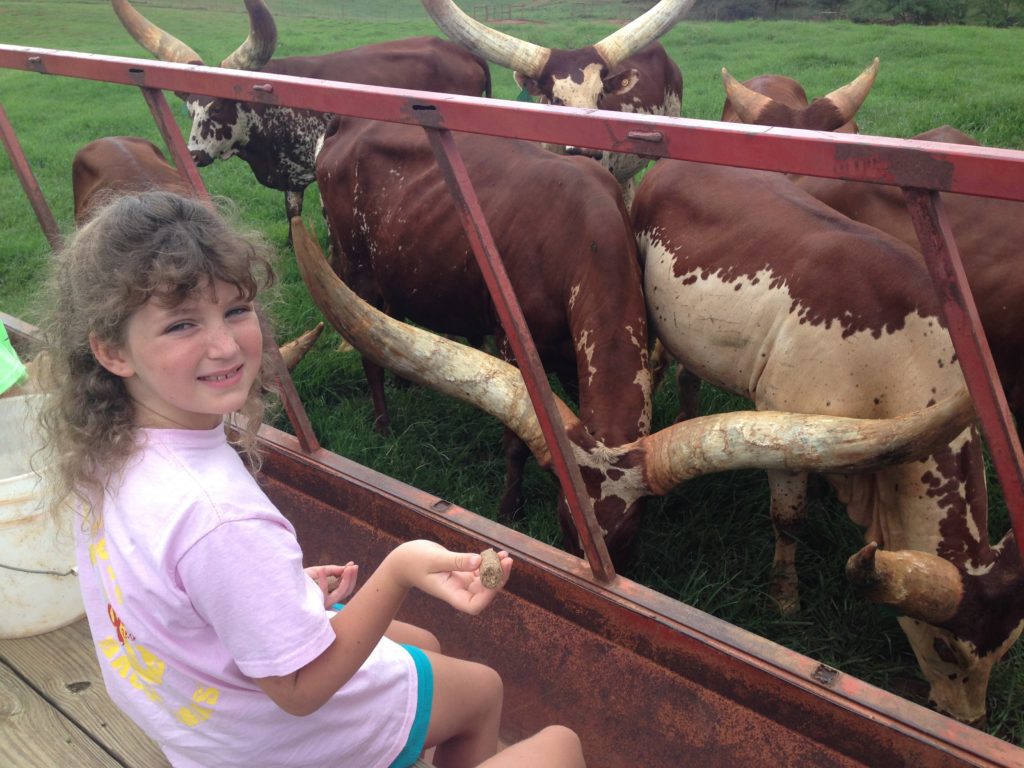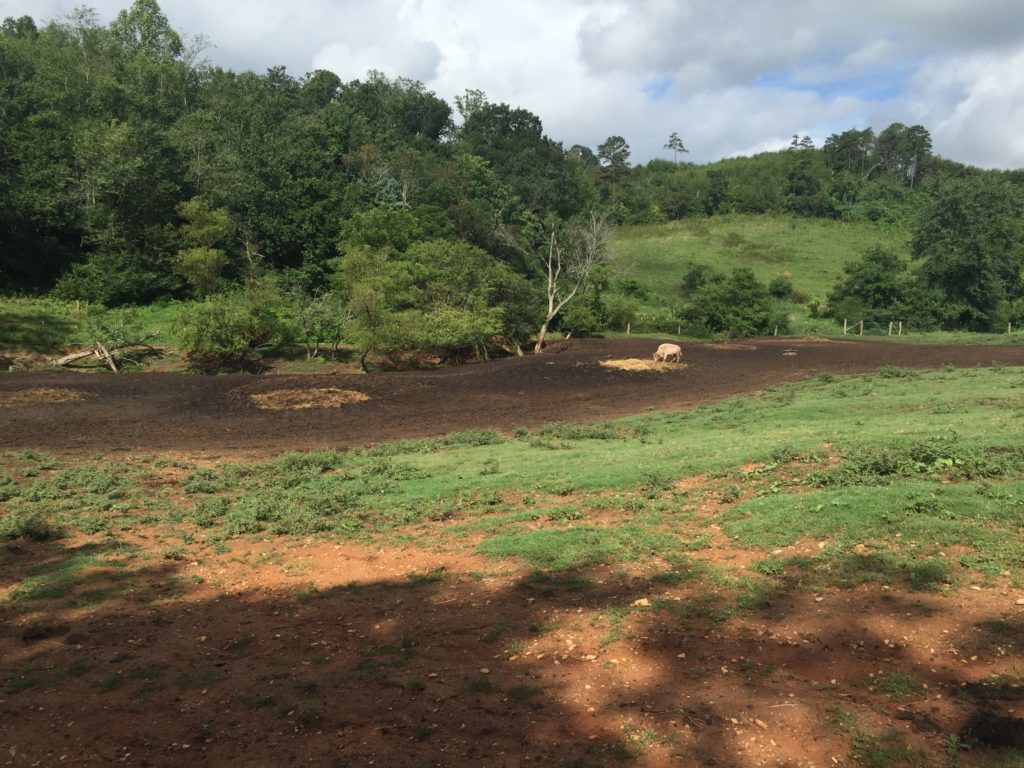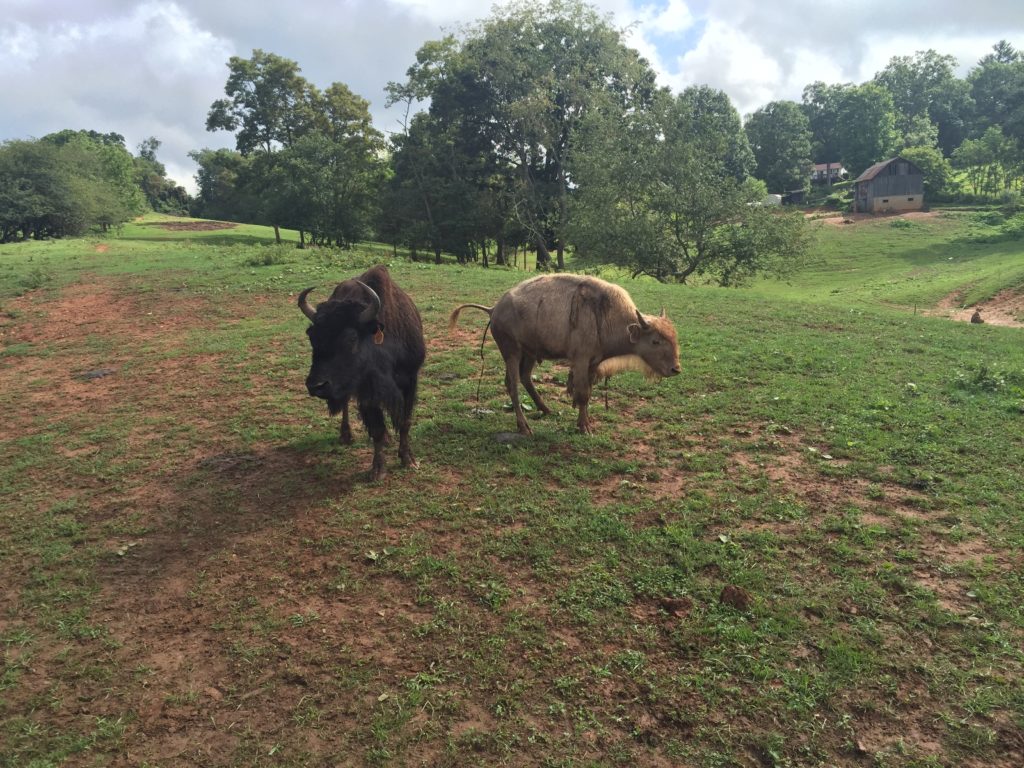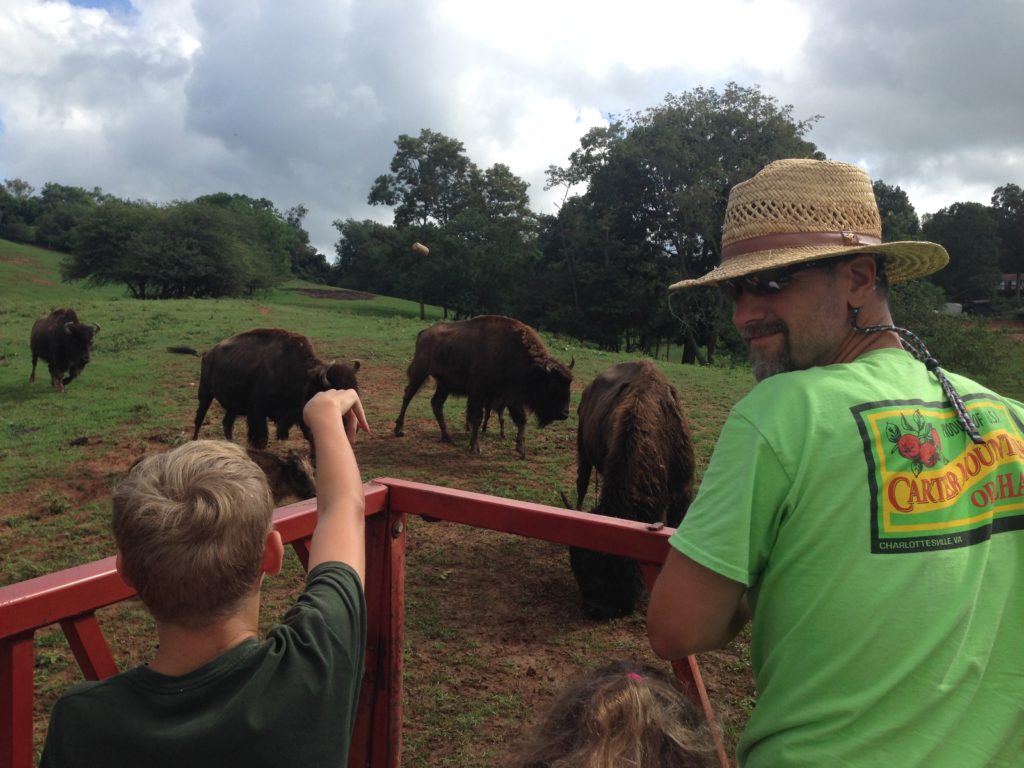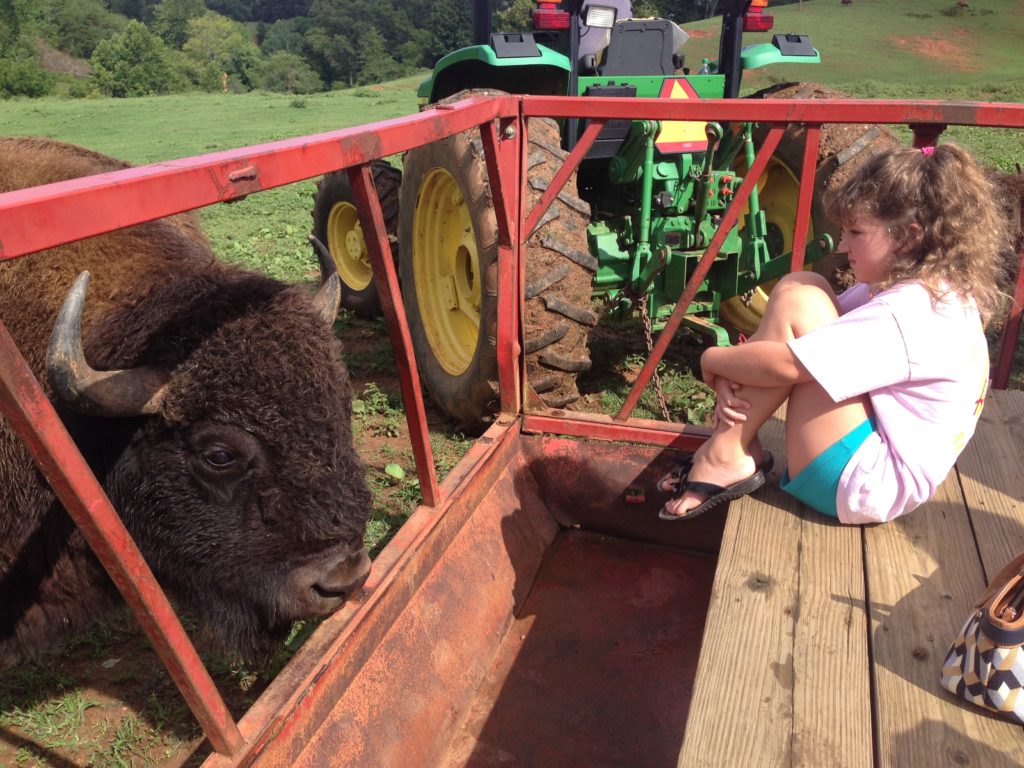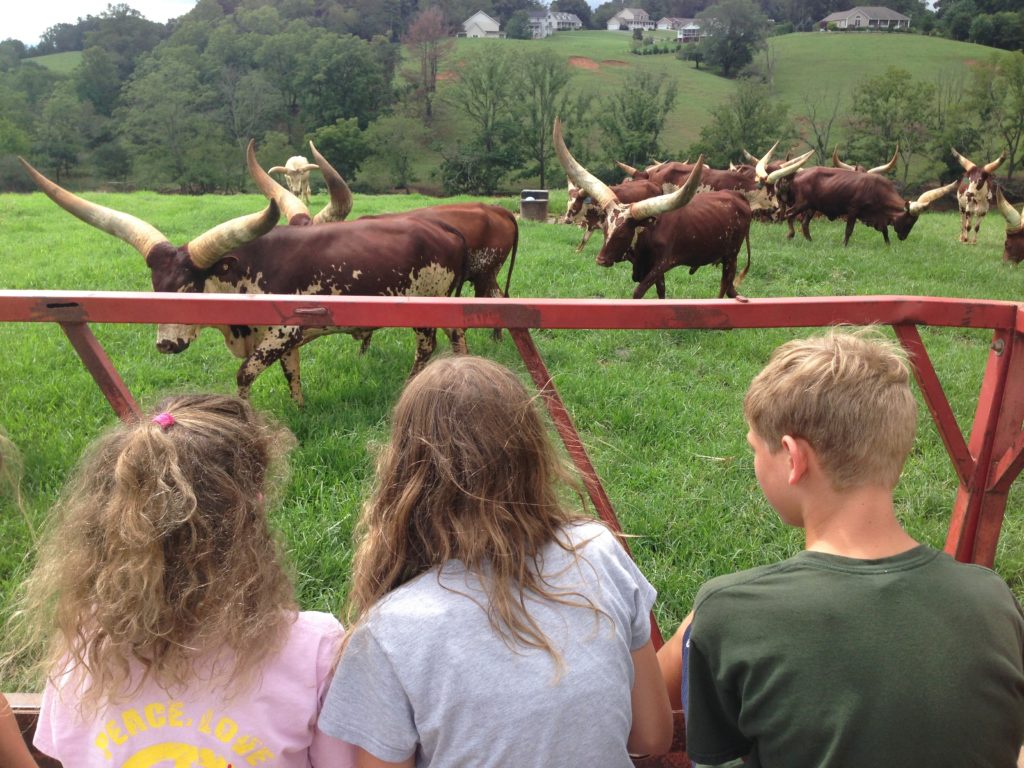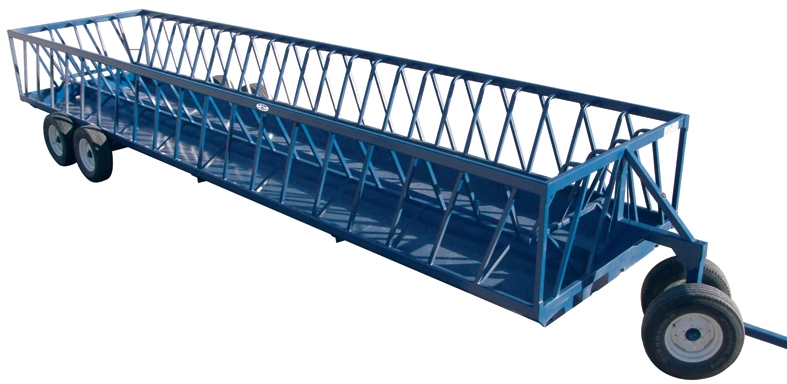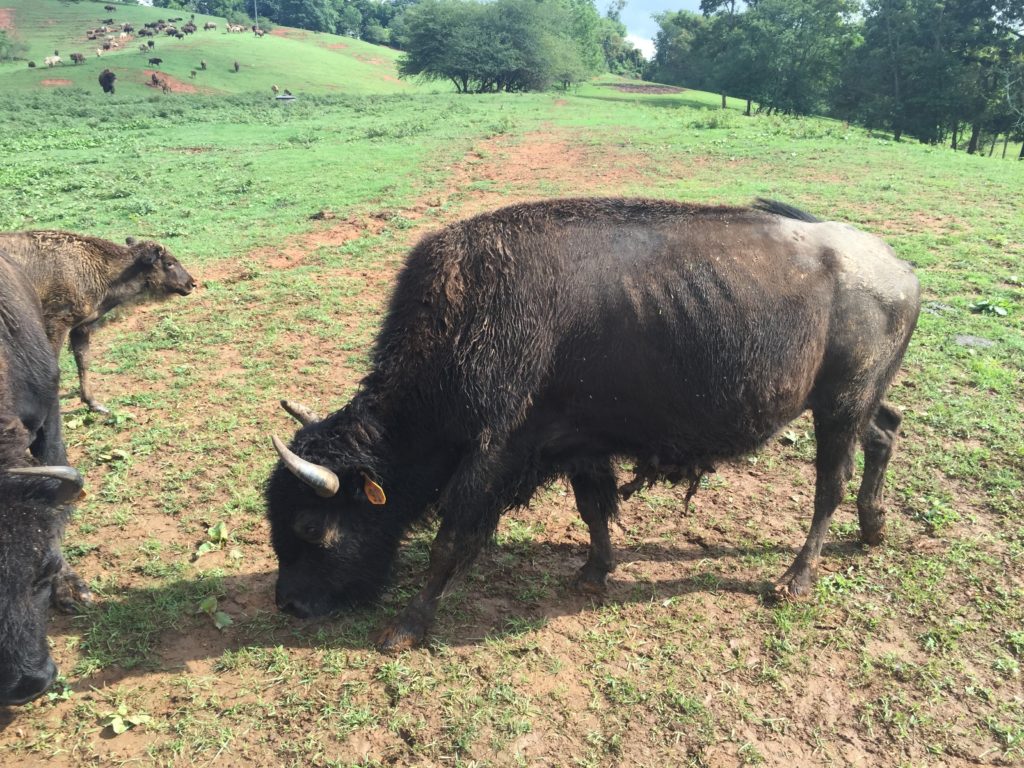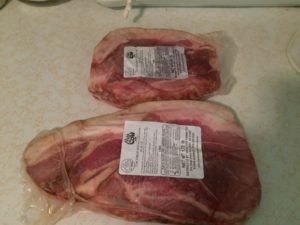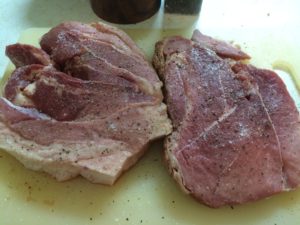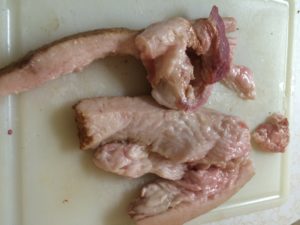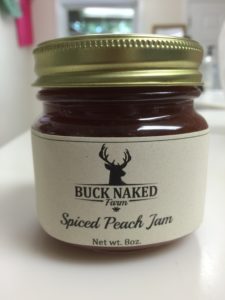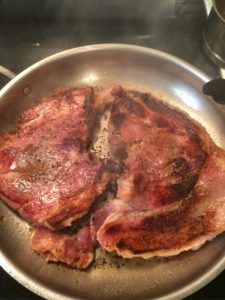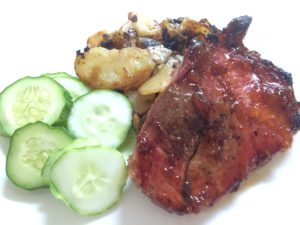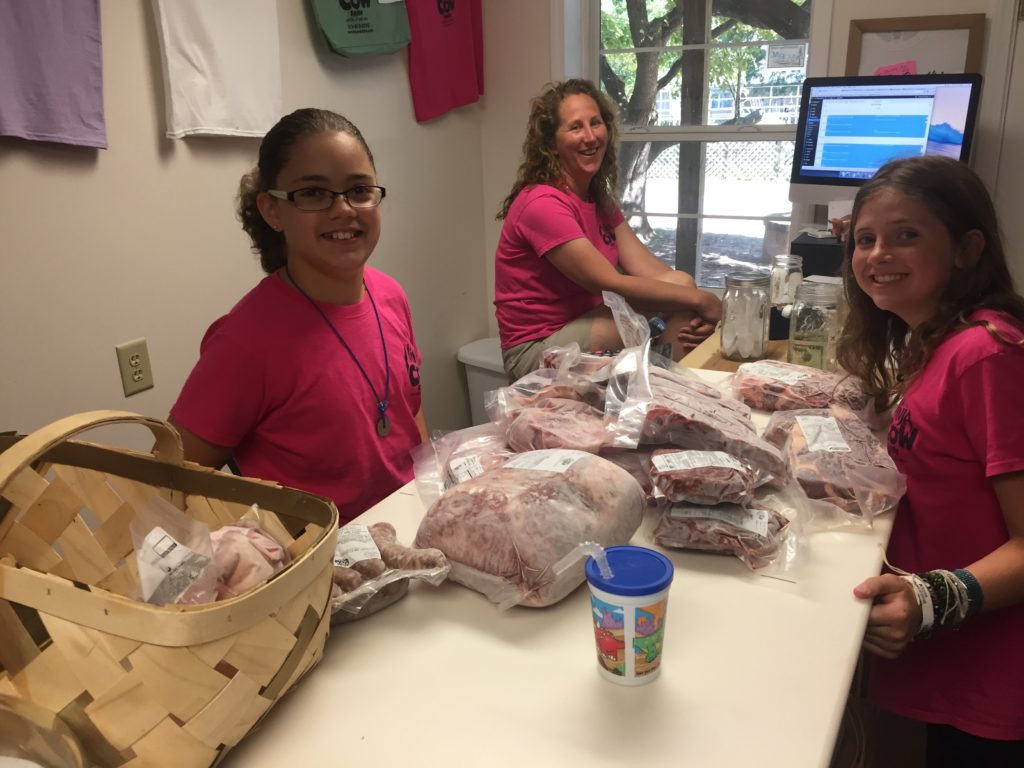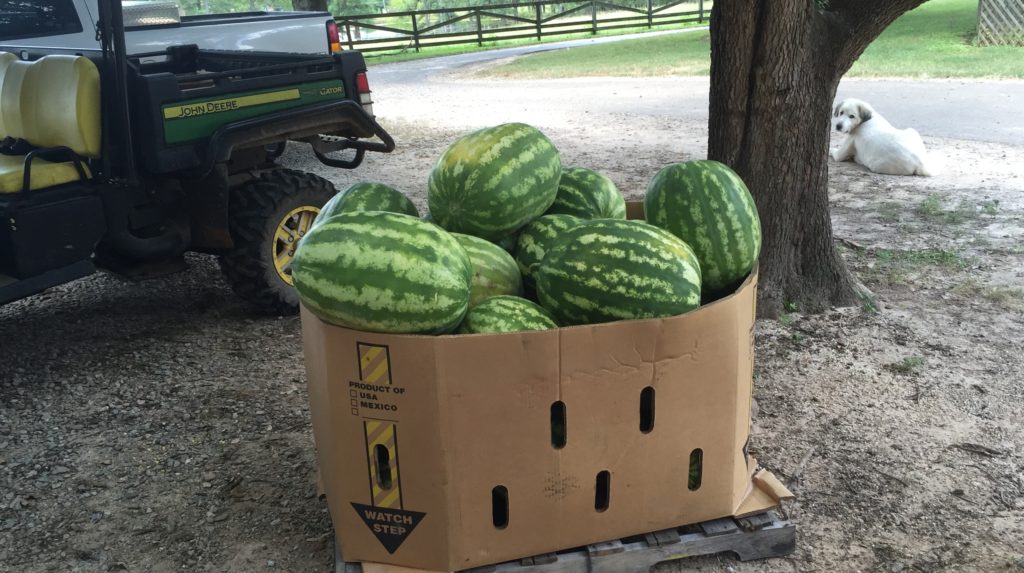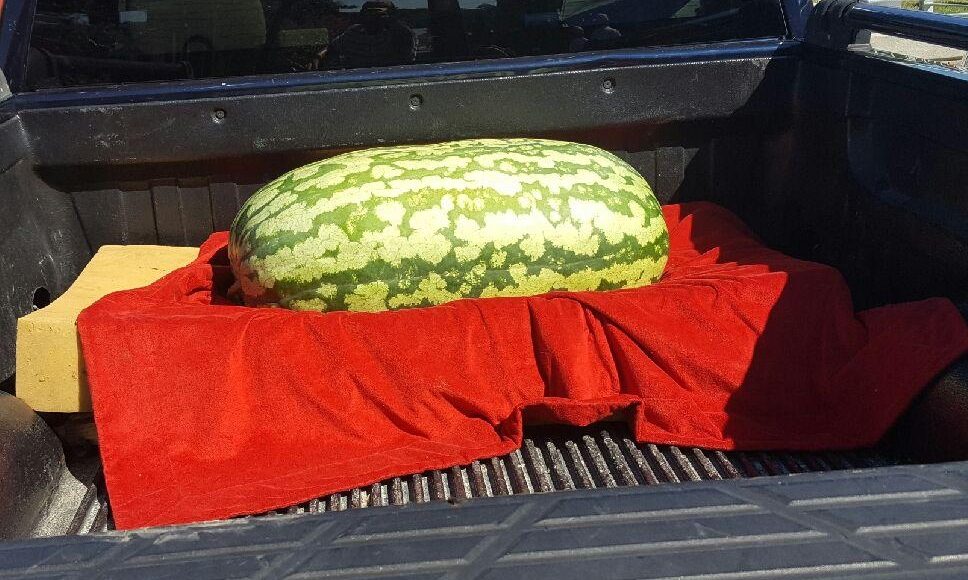Before we get back to the store, I have to tell a few funny things that happened on the tour.
First, one of the big bull bison apparently likes to use the tractor as a scratching post.
SWMBO had been asking me if there was any way we’d have bison on our farm. “Nah, not on our place.”
“Well not an entire herd, but maybe a couple. Think what a neat part of the tour that would be.”
“We’re not really set up for bison.” I was trying to be polite in front of our hosts.

Then this bull starts pushing on the tractor moving it, and our 40 foot long trailer like it’s nothing. Really rocking it back and forth. Terry, our driver, is yelling at him to go away and he’s pretty much ignoring him. Terry I notice, won’t set foot on the ground around this bull. Only swatting at him from the safety of the tractor. An angus bull I’d hop down and shoo away. Not this bison. SWMBO sees the same thing.
“They are aggressive, aren’t they?!”
“Yep.”
I’ve been asked about raising bison before. Some years back, they were all the rage. They new super meat. Everybody got into them, and then the market collapsed. We had small kids at the time and I knew I didn’t want anything to do with an animal that would turn on you and charge if it felt threatened. We missed that little train wreck, thankfully. But seeing this 2000 pound bison push a tractor around like it was nothing just trying to get a scratch was pretty funny and a good reminder why I don’t want bison.
The second thing that happened on our tour, especially in this election year, was we saw Donald Trump.
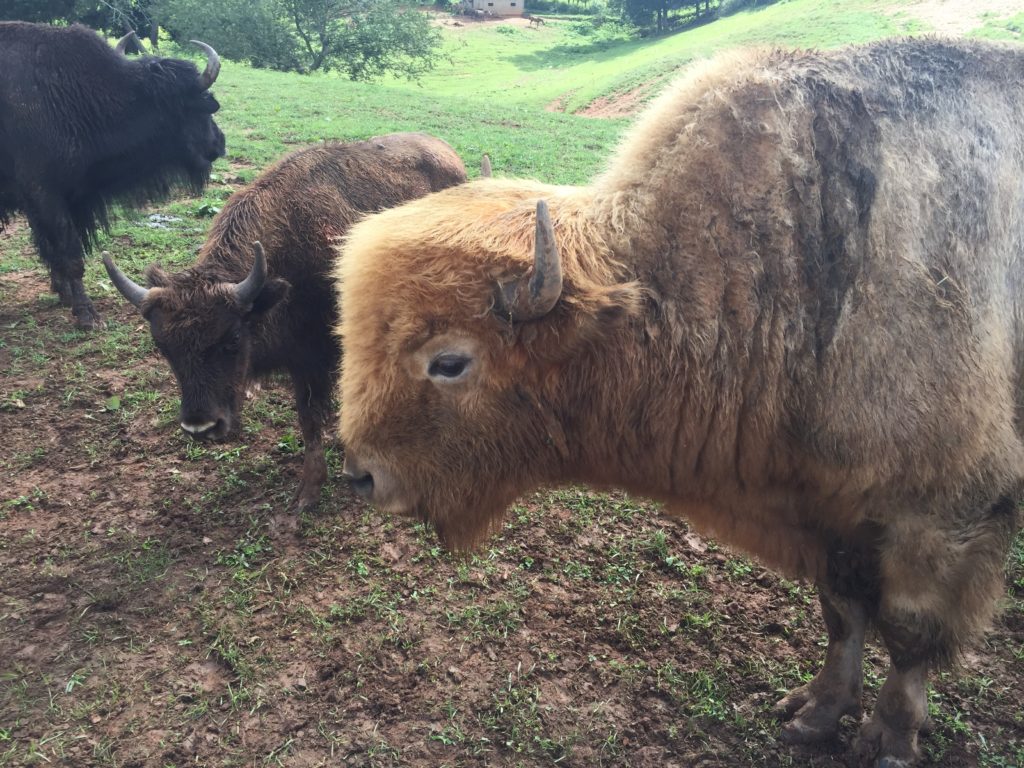
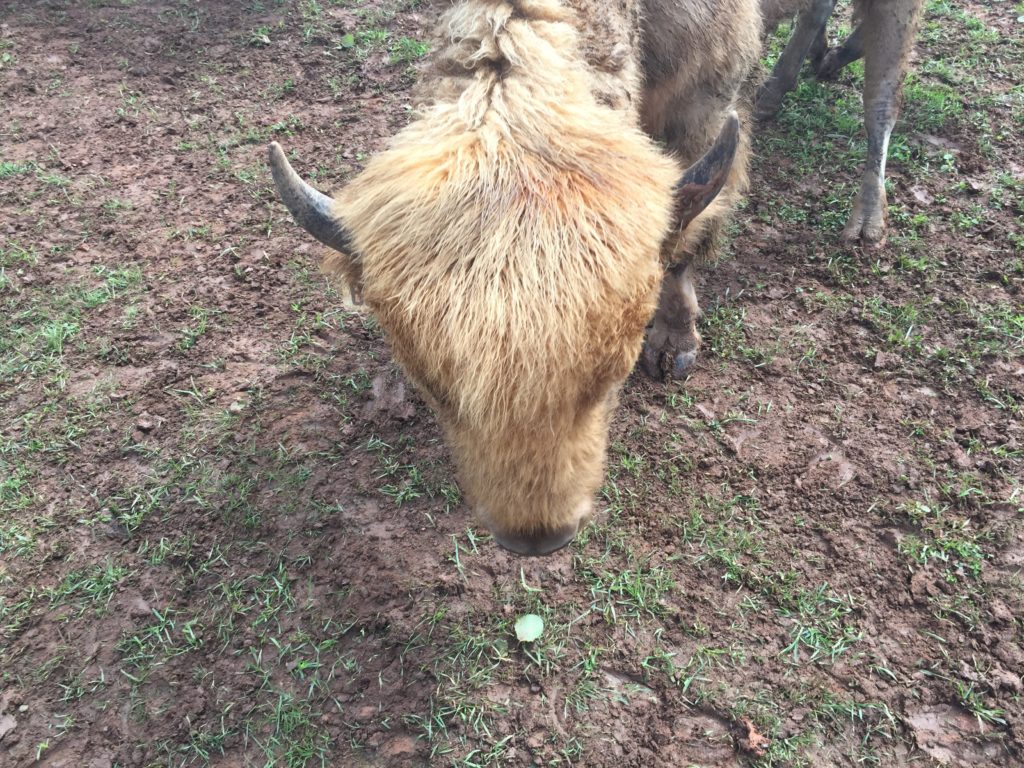
We made it back to the store and SWMBO and I promptly fell into their meat selection. On the tours on our farm, we end the tour by giving what we call the “inside tour” which is taking you all around our store and telling you what we sell and where it comes from.
On this tour, when you made it to the parking lot, it was over. We kind of invited ourselves into the store to go shopping. However we paid about $65 for this tour whereas on our tour it’s $20 total so maybe for them the tour is the income whereas for us it’s just the way to get you to the farm.
Once we got inside, we found something interesting. They only stocked prime cuts of meat like ribeyes and sirloins, and of course ground meat. We asked where the rest of the animal went and they said most of their meat was sold as primals to restaurants. I guess they held back some prime cuts for direct retail sales and the rest is wholesale. For us, our whole business revolves around our little store, for them it seems that the wholesale market is their main business. Just another interesting difference.
Also interestingly, they only kept their meat freezer at 30 degrees meaning the meat was barely frozen. We keep ours at negative 10 degrees so it’s hard frozen. Being at 30 degrees would be handy for someone who wants to buy today and eat today. But it would be terrible for someone who wants to buy today and make the 45 minute drive home with safe meat (or for us the four hour trip home). I wasn’t sure if I saw an opportunity or a problem. I also wasn’t sure our USDA inspector would like us being that close to a problem temperature by hovering just below freezing.
Luckily for us I had my new Yeti cooler so we could transport our meat home safely. They were very kind and let us fill up on ice from their ice maker and pack away our meat. We bought bison ribeyes, elk hamburger, pork bacon, and some kind of jerky. The meat was cheaper than our meat which was interesting since it’s an exotic animal. I guess the bison market really hasn’t recovered since it’s collapse.
All in all it was a great trip. I know some things I want to try, and I know some things I’m glad I’m not doing. I got to work a bit on my vacation which made me feel better and got me back in gear to come home and go to work.

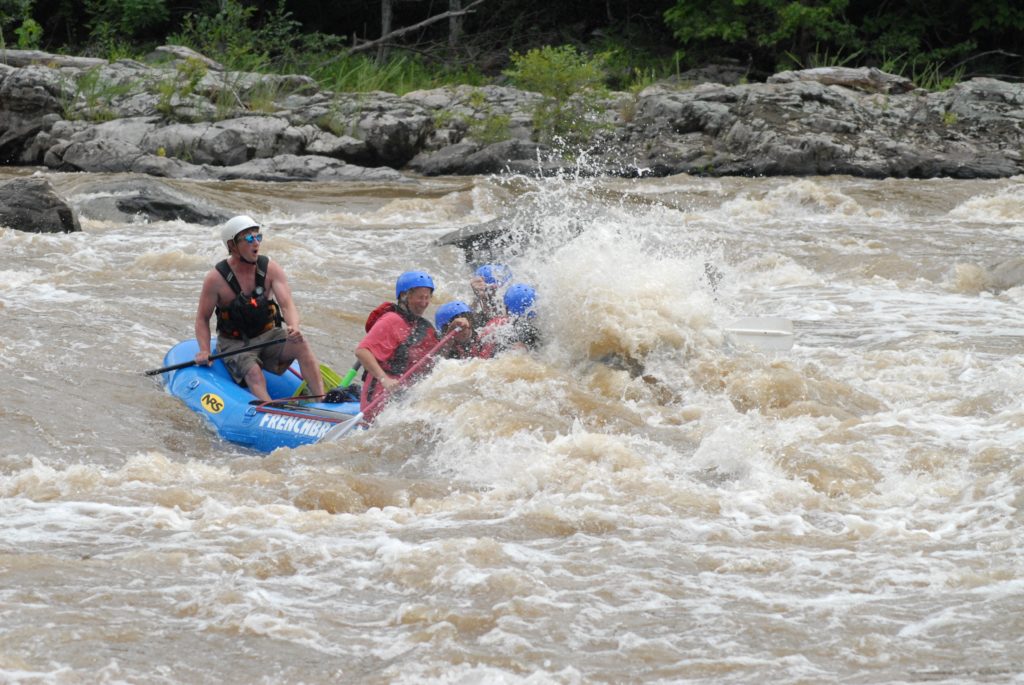
SWMBO planned and executed this vacation. She made sure we were busy, we had down time, and we had time for dad to work. Thanks SWMBO for being a great mom and wife!
